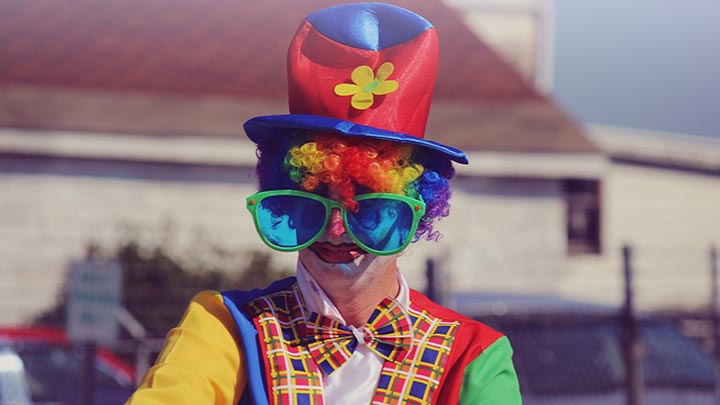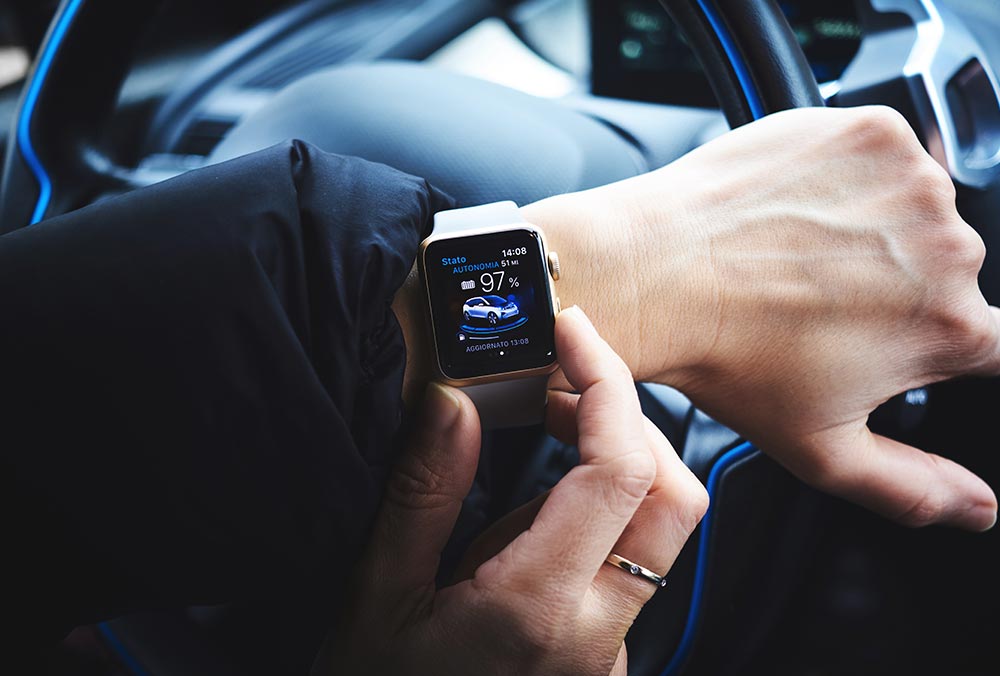Education
Digital cards with alphabet numbers
by Admin
-
Monday, May 16, 2022
369 Views
Learning the alphabet is necessary for reading and writing. While some children learn letters very quickly, others need more repetition and time to learn letters. There are so many practical ways to learn the alphabet! During this period of school closure, I wanted to offer your children an easy activity to practice identifying the sounds of the first letters in words that start with R
I created these digital alphabet cards for preschoolers and kindergartners. The best part is that you don’t have to type anything! I know not everyone has a printer, so these electronic alphabet cards are a great option!
There are 13 slides in this folder. The child will look at the picture, listen to the start sound, then click on the number pin and drag it over the letter. There are two images per page.
You can use these free Google Slides as long as you have internet and a Google account. If you are a teacher, you can schedule this class in your Google Classroom. I also did it in Seesaw.
If you are new to Google Classroom and digital events, this video will be helpful to watch.
Digital cards with alphabet numbers
Angela Thayer 6 comments
Learning the alphabet is necessary for reading and writing. While some children learn letters very quickly, others need more repetition and time to learn letters. There are so many practical ways to learn the alphabet! During this period of school closure, I wanted to offer your children an easy activity to practice identifying the sounds of the first letters in words.
I created these digital alphabet cards for preschoolers and kindergartners. The best part is that you don’t have to type anything! I know not everyone has a printer, so these electronic alphabet cards are a great option!
Digital alphabet cards
There are 13 slides in this folder. The child will look at the picture, listen to the start sound, then click on the number pin and drag it over the letter. There are two images per page.
Digital alphabet cards
You can use these free Google Slides as long as you have internet and a Google account. If you are a teacher, you can schedule this class in your Google Classroom. I also did it in Seesaw.
If you are new to Google Classroom and digital events, this video will be helpful to watch.
Alphabet cards
I also made this printable. So if you want to print out flashcards and have your kids cut out the first letter with a clothespin, you can do that too! Using clothespins is a great way to work on fine motor skills.
If you would like to download a digital or printed version of the exercise, simply click below.
Cards with letters of the alphabet
Magna Tile Capital Letter Cards
Do you have Magna Tiles at home or in the classroom? One way to use them is to create letters from tiles! It’s also a very fun and tactile way to learn the letters of the alphabet!
Magnetic tiles such as Magna Tiles or Picasso Tiles
Children can use the printable to guide them as they create letters. You don’t have to use a printable, but it’s worth following if you don’t know how to create letters.
Some pages are simpler, like the letter G. Only square tiles are used here.
Each page features a letter of the alphabet, as well as a fruit that begins with that letter. You will probably notice a few fruits that are not found in the US. I had to get creative with the X!
Ways to use this print version
- Houses for fun
- In the classroom of the literacy center
- In a small group, children learn to work together
- Assemble the letters on a magnetic surface such as a refrigerator.
- In this printed form, there is one page per letter. I also compiled a “cheat sheet” for you that has all the letters on 3 pages for your convenience.
Drawing with a cotton swab for capital letters
There are so many fun ways for kids to learn the letters of the alphabet! One way to do this is to use a colored and capitalized Q-tip.
This free printable version contains 26 pages for all capital letters of the alphabet. Each page has a letter of the alphabet that can be filled in with a Q-tip. At the bottom of each page, there are two images that begin with this letter.
To do this, children dip a cotton pad in the paint and paint over the circles on the letter. You don’t need a lot of paint on the cotton, and you may need to dip it into the paint a few times to complete the letter.
All washable paints are suitable for this activity. We used Cra-Z-Art washable baby paint and it was amazing. The small bottles are perfect for dipping into cotton swabs. You can also use an ink pad if you don’t have color.
The printable is in color, but you can also print it in grayscale or black and white.
I recommend focusing on one email per day. This activity not only helps children recognize letters but also perfectly develops fine motor skills! As the child holds the piece of cotton, they should hold the small piece of cotton in place and print out the colors in each circle. It is good for developing small arm muscles. It’s also great for hand-eye coordination! Fine motor skills work helps improve handwriting as students learn to hold a pencil and write letters.
To download this free activity, simply fill out the form below.






